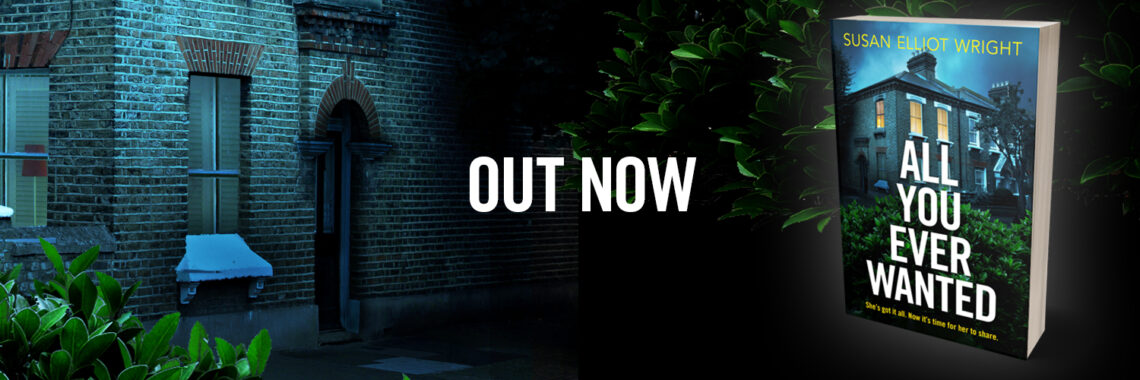The Writing Bit
This week, I taught my first creative writing class of the new term. Twelve lovely writers turned up, some I’ve taught before, some were new faces, but all were fizzing with enthusiasm. They are writers at different levels of experience, from those just starting to experiment with their creative talents to those who’ve been writing for years and/or are working on novels.
What often strikes me with a newly-formed group is how, when reading back an exercise, the writer will often preface the reading with ‘it’s not very good’, or ‘I don’t think I’ve done it right’. They then usually go on to read something with a particularly vivid image, or a beautifully lyrical sentence, or a striking and memorable character, and they’re often genuinely surprised at the positive response they get from the rest of the class.
.
Gradually, over the weeks and months, confidence starts to improve and the apologies stop. Ok, it may be partly to do with the fact that the writer starts to notice the improvements in his or her own work, but it may have more to do with the positive reinforcement provided by the other writers. This is why I believe that one of the most important aspects of the writer’s life is to have contact with people who are doing the same thing you’re doing, whether it’s face-to-face, or by telephone, email or social networking.
.
When my new group took a break for tea, there was an immediate buzz of conversation as existing members caught up with what they’d been writing (or not writing!) over the summer and new members joined in with their own experiences and quickly became part of the group.
.
Of course, it’s always going to happen that lasting friendships develop when a group of like-minded people get together, but I’d love to know whether creative writing classes have a higher friendship rate than, say, art classes, or French cookery. Because it seems to me that writers face a unique set of challenges that only other writers can truly understand, and for that reason, we have the inclination and ability to ‘bond’ quite easily. Once we’ve bonded, we support one another to aid survival in the world of non-writers, where people tend not to have their heads full of fictional characters constantly demanding attention.
As well as simply ‘understanding’, writing chums are invaluable for helping you to solve plot and character problems. I have one friend in particular who is great at this. When either of us hits a tricky phase in our work, we meet up or chat on the phone. Sometimes, one of us makes a helpful suggestion about the other’s work, but often, it’s the very act of discussion that stimulates ideas and raises possible solutions. ‘Talking it out’ seems to be the answer.
What do you think? Do you find contact with writing friends essential to your writing life? Or do you prefer to solve problems alone?
By the way, I met my friend on a writing course ten years ago!
The Reading Bit
This week, I am sad to report that I have given up on a book. I hate to do that, but let’s face it, life’s too short to stick with a novel that’s not gripping you when there are so many others to be read. I’ll always give a book fifty pages, and if I’m still unsure, I’ll go to a hundred. But by p50 of The Elegance of the Hedgehog, I’d had enough. The story is told in two voices, one of which I quite liked, but not enough to really hold my attention, and one of which I found annoyingly pretentious (I know she was supposed to pretentious, but even so). After making the decision to leave it, I read some Amazon reviews; some readers loved it some hated it, and quite a few said they didn’t like it at first but it was worth persevering with and they warmed to it over time. Maybe I should have stuck with it, but to be honest, I felt quite relieved to be able to start a new book. What do you think? If a book hasn’t drawn you in after 50 pages, do you persevere?
The Food Bit
This cassoulet is great in chilly weather, but I’m happy to report that it goes equally well when eaten outside on a balmy Indian-Summer evening. I’m a cassoulet convert – I used to think beans were boring (well, on their own, they are) but this seems to hit the spot. I make enough for six portions and freeze what I don’t use. Heat some olive oil in a large pan, then add a large onion, sliced; one each of red, green and yellow peppers, diced; one sliced courgette and a few quartered mushrooms. Fry for a few minutes, then add 3-4 fat cloves of chopped, crushed garlic. Then tip in: two tins chopped tomatoes and one tin each (drained) of cannelini, haricot, borlotti and black eye beans (you can use other types of beans if you prefer). Add about half a pint of strong vegetable stock, a good slosh of red wine, a rounded teaspoon of dried mixed herbs (or a good handful of fresh herbs) and a dollop of tomato puree. Let this simmer away for about 30-40 minutes, then add seasoning to taste. Serve with a green vegetable, crusty bread and a full-bodied red wine. Note: oddly, this tastes better if it’s just hot rather than piping hot. Suitable for vegans, though check the wine.
For more about me and my work, check out my website: https://susanelliotwright.co.uk
